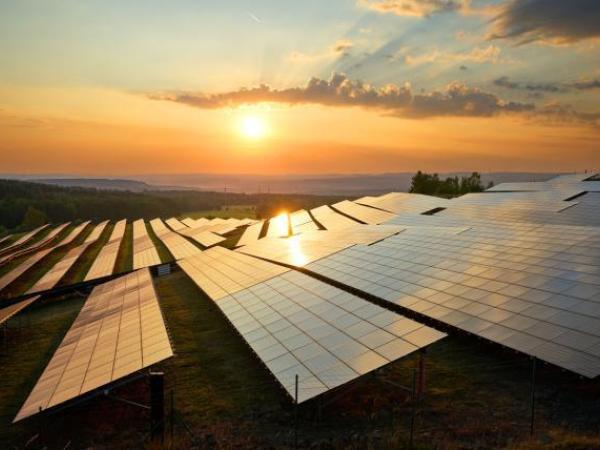As part of the construction process of the National Development Plan, the National Planning Department presented what will be the bases of public policy during the next four years of government. And in addition to this, the PND established the development of at least other six roadmaps for specific generation technologies.
(Up to five times the gas bill would go up if it were imported).
This, since this is one of the sectors in which the action of Gustavo Petro’s mandate will be focused is energy, for which he proposes a series of actions that will be central.
In the case of energy, the government is committed to the Just Energy Transition, a plan for which the Ministry of Mines and Energy is working on a roadmap, which will be published on May 10, 2023.
The six roadmaps will be added to those already established for the green hydrogen and offshore wind. Those proposed by the new government refer to biomass, biogas, small hydroelectric projects, geothermal energy, energy from the ocean, and advanced biofuels (including sustainable aviation fuels).
(Promigas net income increased 14% in the third quarter of 2022).
With this, The government aims to increase the participation of non-conventional sources of renewable energy (FNCER) in the electricity generation matrix. However, one of the goals that are not clear so far in the PND bases is the percentage that these technologies will have in the total generation.
However, the document points out that these new plant developments will require new regulatory and market mechanisms “as well as the conditions for their link to the national energy system”, which will be established as these needs arise.
In Colombia there are currently some projects running with the proposed technologies. For example, there are a number of plants that produce energy with biomass, according to information from XM; however, none of them injects into the National Interconnected System.
Likewise, Cenit has two tidal generation pilots, as explained by its president, Héctor Manosalva. These are located in Coveñas and Tumaco and according to the leader, they are the only ones of this nature in progress in the country.
Similarly, the country already generates biofuels for blends in fossil fuels and recently, industry players began working on a plan to produce and consume green fuels for aviation (SAF). According to Marco Vera, energy consultant, planning is essential, especially to define resources and objectives.
However, he stressed that at this time the most important thing is to take action and execute existing plans. According to the expert, for example, the already established roadmap for hydrogen must be put into action soon, to strengthen the storage of renewable energy.
energy security
The bases of the National Development Plan also establish a security section. Although the DNP considers the promotion of new clean technologies as its central axis, it also considers the relevance of other energy sources.
“The results of the current exploration and production (oil and gas) contracts will be monitored in order to carry out an evaluation and supply/demand balance of gas and crude oil that is necessary for decision-making in favor of guaranteeing energy sovereignty. in the short, medium and long term”, the document states.
According to Vera, this complementarity will be very important and will provide robustness to the electrical system while new, increasingly cleaner technologies are being added.
Daniela Morales Soler
BRIEFCASE







